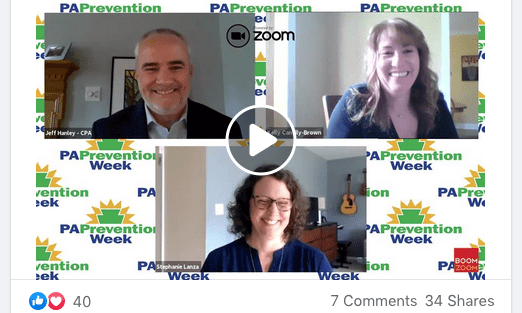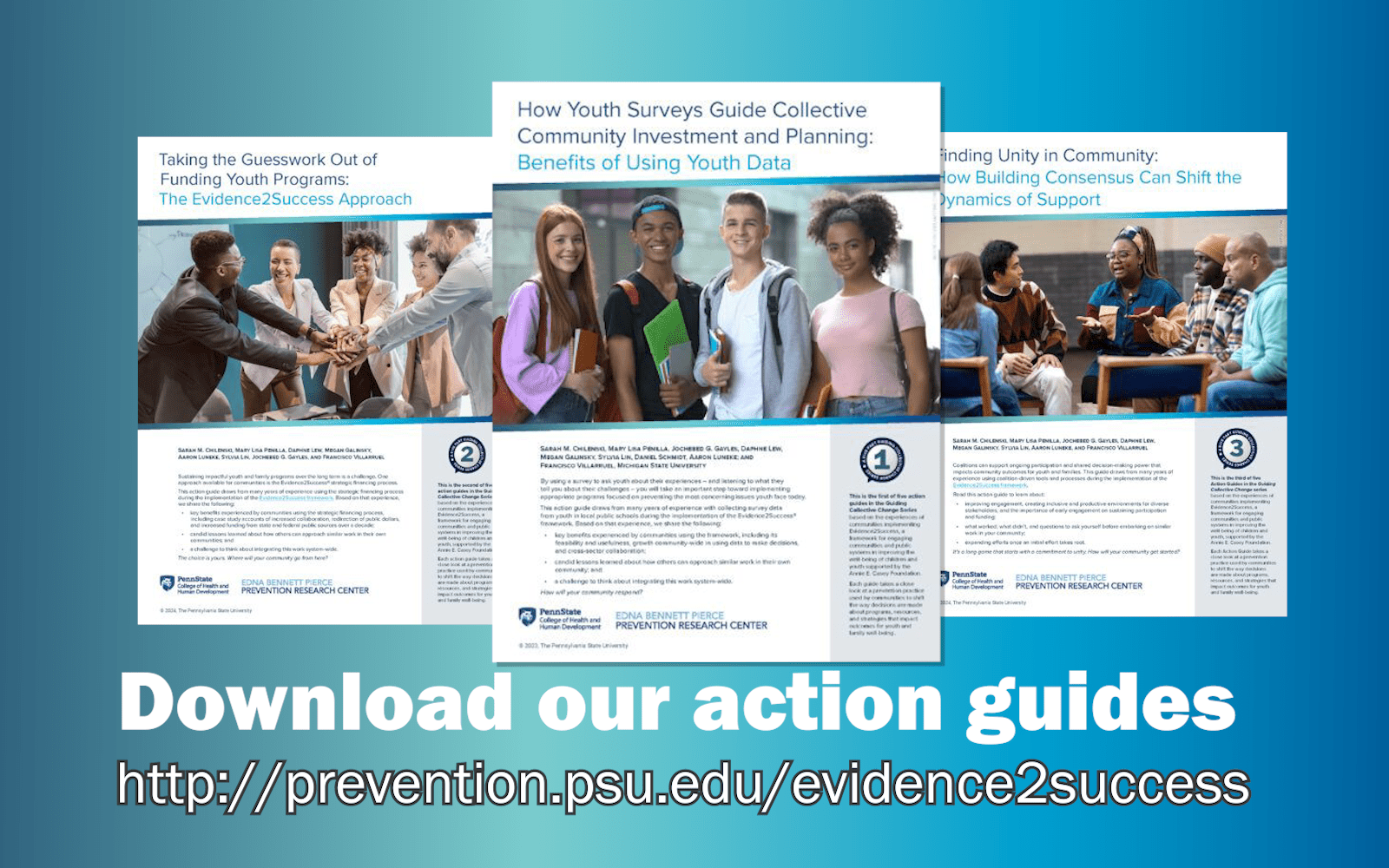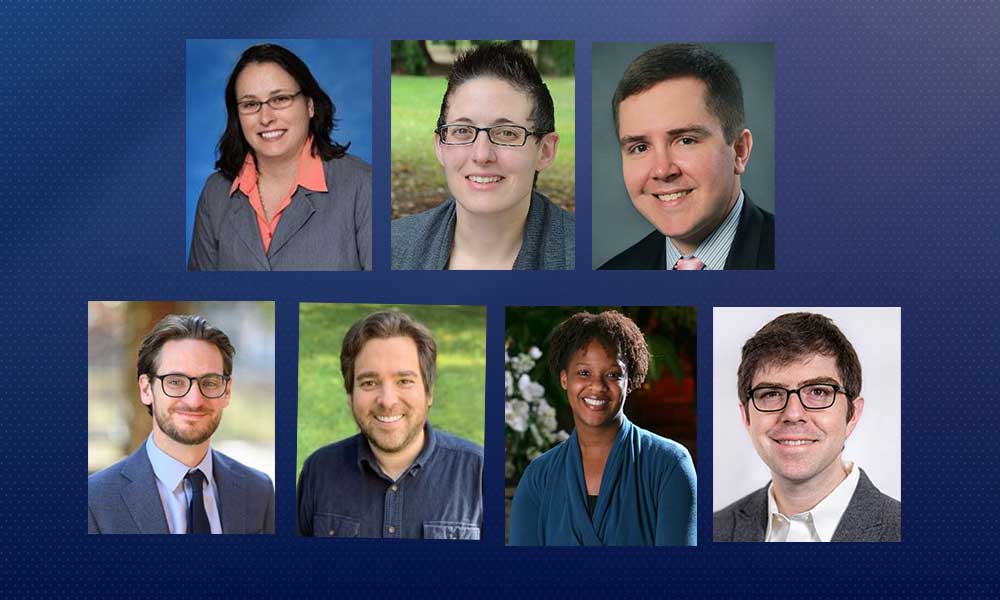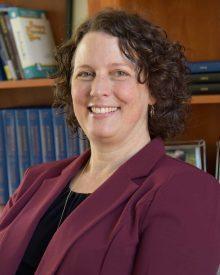Video: “The History and Science of Prevention,” featuring PRC Director Stephanie Lanza

screen-shot-from-Prevention-Week-2020-video
May 19, 2020
Watch “The History and Science of Prevention” video here.
“The need for prevention is now, and now more than ever,” said Jeff Hanley, executive director of the Commonwealth Prevention Alliance (CPA) as he kicked off the PA Prevention Week Speaker series on May 11 with a video interview about the history and science of prevention with Stephanie Lanza, director of the Edna Bennett Pierce Prevention Research Center; and Kelly Canally-Brown, director of programs and services with Family Services, Montgomery County.
Both speakers shared what prevention means to them. Said Lanza, “rather than focusing on the treatment of diseases, such as diabetes or addiction, or consequences of academic failure or criminal activity, we [prevention scientists] conduct research that creates programs that are designed to preventing prevent these — and many other devastating outcomes — before they even occur.”
Canally-Brown said she became involved in prevention when she began her career as a social worker and saw families experience “tragedies and heartbreak” associated with substance misuse, domestic violence and child abuse. She recalled thinking that “there must be a way to prevent this.”
Prevention works
“There is a strong evidence base for prevention programs working,” said Lanza. “We can be can be very efficient in preventing multiple types of negative outcomes by implementing a prevention program.”
“We can increase the chances that youth will choose healthy behaviors,” added Canally-Brown. She noted that activities such as mentoring, leadership programs, increased opportunities for recreation, and reinforcing positive behaviors are among the protective factors that–when used as part of an evidence-based program–can shield kids from problem behaviors, “helping them to realize their goals and dreams.”
An ounce of prevention
Said Lanza, “One of my favorite quotes is the phrase that Ben Franklin famously coined in the 1700s, ‘an ounce of prevention is worth a pound of cure.’ He was talking to the citizens of Philadelphia, when they remained vigilant about fire awareness and fire prevention.”
Regarding the cost-benefit analysis of prevention, she asked viewers to imagine the benefit of “sparing a small town from a major fire, with little ability to put it out,” as was the case during Franklin’s era. She connected this concept with the current pandemic, and the need for prevention through public health measures that are proven to be effective, such as handwashing and maintaining physical distance.
She explained that the field of prevention science is young compared to other disciplines. “As compared to the field of psychology, which formed its roots in the late 1800s, prevention research really began to gain definition around three decades ago, in the early 1990s. At that time, leaders in the field began to coalesce, including Dr. Mark Greenberg, who was the inaugural director and the founder of the PRC. He did that in partnership with our benefactor, Edna Bennett Pierce.”
“The field of prevention science was really built on the development of foundational programs such as PATHSÒ, which stands for Promoting Alternative Thinking Strategies,” she said. “It’s designed to promote social and emotional competencies in school-aged children. It’s one of many, many programs that’s been proven to work–decreasing problem behaviors and improving outcomes, like academic outcomes, problem-solving skills, and more.”
Advice for fellow researchers
When asked to identify three best practices in prevention, Lanza provided these principles for prevention researchers “to live by”:
1. Think about youth. Providing every child with some kind of prevention programming will help them to achieve their potential, and will pay off in the long run.
2. Let’s think really broadly and holistically about the individual across the lifespan. It’s never too late to think about prevention programming. At any point in our lives, we may be receptive to and benefit from some sort of prevention programming.
3. To make an impact, always stay connected, not just with the people who are receiving programs, but with community leaders, practitioners, policymakers and funders.
The future of prevention science
She also encouraged prevention scientists to leverage technologies such as mobile devices and tele-health.
“I think it’s important that we never lose sight of the changes that are happening around us,”’ Lanza concluded. “The composition of our population in our country is changing, and we should adapt to that, embrace that. New problematic outcomes are emerging all around us. Youth vaping was not a thing several years ago, and it’s a huge issue today. And now, more than ever, we’re seeing the shape of our daily lives change. For example, how do we implement prevention programming in the time of a pandemic? These are real problems that we have to solve, so our work is definitely not done.”
Recent News
Video: “The History and Science of Prevention,” featuring PRC Director Stephanie Lanza

screen-shot-from-Prevention-Week-2020-video
May 19, 2020
Watch “The History and Science of Prevention” video here.
“The need for prevention is now, and now more than ever,” said Jeff Hanley, executive director of the Commonwealth Prevention Alliance (CPA) as he kicked off the PA Prevention Week Speaker series on May 11 with a video interview about the history and science of prevention with Stephanie Lanza, director of the Edna Bennett Pierce Prevention Research Center; and Kelly Canally-Brown, director of programs and services with Family Services, Montgomery County.
Both speakers shared what prevention means to them. Said Lanza, “rather than focusing on the treatment of diseases, such as diabetes or addiction, or consequences of academic failure or criminal activity, we [prevention scientists] conduct research that creates programs that are designed to preventing prevent these — and many other devastating outcomes — before they even occur.”
Canally-Brown said she became involved in prevention when she began her career as a social worker and saw families experience “tragedies and heartbreak” associated with substance misuse, domestic violence and child abuse. She recalled thinking that “there must be a way to prevent this.”
Prevention works
“There is a strong evidence base for prevention programs working,” said Lanza. “We can be can be very efficient in preventing multiple types of negative outcomes by implementing a prevention program.”
“We can increase the chances that youth will choose healthy behaviors,” added Canally-Brown. She noted that activities such as mentoring, leadership programs, increased opportunities for recreation, and reinforcing positive behaviors are among the protective factors that–when used as part of an evidence-based program–can shield kids from problem behaviors, “helping them to realize their goals and dreams.”
An ounce of prevention
Said Lanza, “One of my favorite quotes is the phrase that Ben Franklin famously coined in the 1700s, ‘an ounce of prevention is worth a pound of cure.’ He was talking to the citizens of Philadelphia, when they remained vigilant about fire awareness and fire prevention.”
Regarding the cost-benefit analysis of prevention, she asked viewers to imagine the benefit of “sparing a small town from a major fire, with little ability to put it out,” as was the case during Franklin’s era. She connected this concept with the current pandemic, and the need for prevention through public health measures that are proven to be effective, such as handwashing and maintaining physical distance.
She explained that the field of prevention science is young compared to other disciplines. “As compared to the field of psychology, which formed its roots in the late 1800s, prevention research really began to gain definition around three decades ago, in the early 1990s. At that time, leaders in the field began to coalesce, including Dr. Mark Greenberg, who was the inaugural director and the founder of the PRC. He did that in partnership with our benefactor, Edna Bennett Pierce.”
“The field of prevention science was really built on the development of foundational programs such as PATHSÒ, which stands for Promoting Alternative Thinking Strategies,” she said. “It’s designed to promote social and emotional competencies in school-aged children. It’s one of many, many programs that’s been proven to work–decreasing problem behaviors and improving outcomes, like academic outcomes, problem-solving skills, and more.”
Advice for fellow researchers
When asked to identify three best practices in prevention, Lanza provided these principles for prevention researchers “to live by”:
1. Think about youth. Providing every child with some kind of prevention programming will help them to achieve their potential, and will pay off in the long run.
2. Let’s think really broadly and holistically about the individual across the lifespan. It’s never too late to think about prevention programming. At any point in our lives, we may be receptive to and benefit from some sort of prevention programming.
3. To make an impact, always stay connected, not just with the people who are receiving programs, but with community leaders, practitioners, policymakers and funders.
The future of prevention science
She also encouraged prevention scientists to leverage technologies such as mobile devices and tele-health.
“I think it’s important that we never lose sight of the changes that are happening around us,”’ Lanza concluded. “The composition of our population in our country is changing, and we should adapt to that, embrace that. New problematic outcomes are emerging all around us. Youth vaping was not a thing several years ago, and it’s a huge issue today. And now, more than ever, we’re seeing the shape of our daily lives change. For example, how do we implement prevention programming in the time of a pandemic? These are real problems that we have to solve, so our work is definitely not done.”
Related People
Recent News
Related People
Recent News









